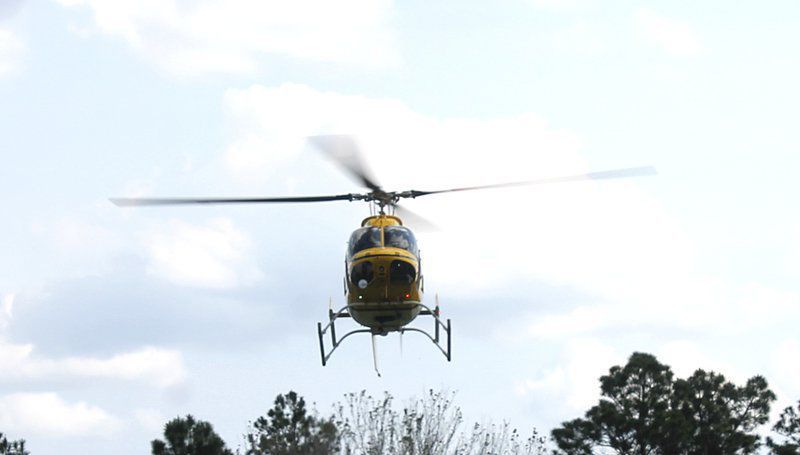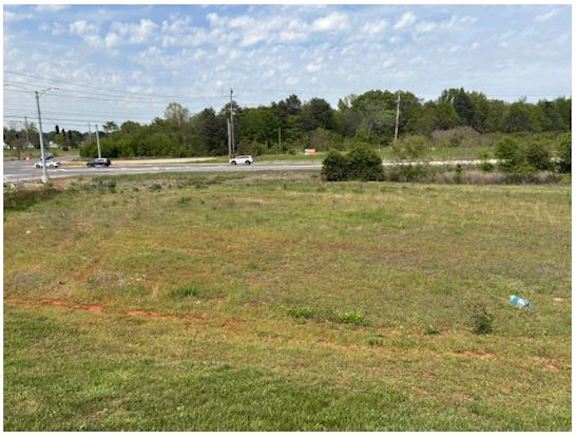Georgia, Florida swamp fire threatens thousands as it grows
Published 11:15 am Wednesday, May 10, 2017

- A firefighting helicopter comes in for a landing April 17 while battling the Okefenokee swamp fire. Drones have been banned from the airspace over the fire for safety reasons.
FARGO, Ga. — A massive, still-growing swamp fire at the Florida/Georgia border is now pushing further into the Sunshine State despite the best efforts of firefighters, leading authorities to focus on evacuation efforts.
The entire southern half of Charlton County, Georgia has been ordered to evacuate in the face of the spreading Okefenokee Swamp fire, officials said Tuesday.
Trending
The evacuation order impacts between 1,500 and 2,000 people, Charlton County Administrator Shawn Boatright said.
The fire — also known as the West Mims Fire — was first reported April 6, has grown to more than 140,000 acres and has jumped U.S. 94 in its southward push, according to a statement from the Okefenokee National Wildlife Refuge. Cities as far as coastal Savannah and Brunswick have been impacted by smoke. Residents of the communities of St. George and Moniac, both in Georgia, were advised to evacuate during the weekend; evacuation was later made mandatory.
Showers and storms passing through the region followed by a cold front were expected to weaken the flames, but the fire subsequently doubled in size within days, garnering more media attention. By month’s end, the fire was visible from space with a photograph taken by NASA’s Suomi NPP weather satellite.
Anyone in the evacuation zone should take the situation seriously and leave, John Nicholls, a public information officer with the West Mims command post, said.
Since last month, almost 700 firefighters have battled the blaze, and the aerial fleet is now supplemented with a huge jet airliner converted for firefighting use.
A DC-10 air tanker, flying out of Chattanooga, Tennessee, will be making two-hour turnaround runs, dropping 12,000 gallons of fire retardant each time.
Trending
“It can pack a powerful punch,” Nicholls said.
The ability to get water and equipment to the right spots is complicated by the fact that firefighters are battling a blaze in a swamp, Nicholls said.
The worst of the blaze is concentrated in the southern and eastern areas of the Okefenokee Swamp. The town of Fargo, on the western edge of the fire zone, was a center of concern early on, with residents told to stand by for possible evacuation, but Nicholls said the fire “isn’t aggressive” in that area right now.
A particular concern of firefighters now, Nicholls said, is “needlecast,” in which pine needles dried out by the fire fall from dead or damaged trees after firefighters have already cleared an area — producing more dry fuel for the flames to re-ignite later.
A 300-bed shelter has been opened in the town of Kingsland, Georgia but as of Tuesday afternoon, no evacuees had shown up, according to Glenda Barber, American Red Cross shelter manager.
“We had a few people call, but when we told them ‘no pets,’ they decided not to come,” she said.
Terry Richards writes for the Valdosta, Georgia Daily Times.





